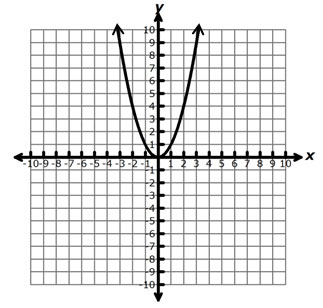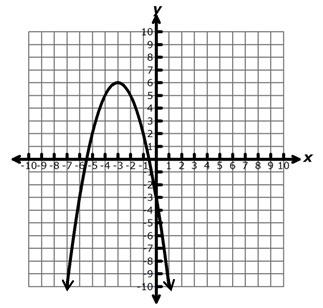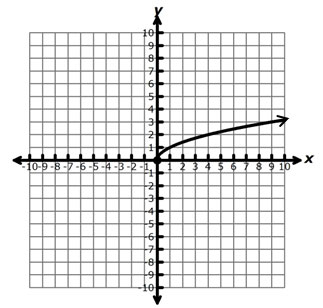In this section, you will investigate how translating the graph of a parent function, both horizontally and vertically, affects its algebraic representation. Once you do so, then you will use parameters in equations to make predictions about how the graph of the parent function would change.
Let’s start out by investigating how the horizontal translation and vertical translation of a generic function changes the coordinates of the function.
![]() In the interactive below, translate the function by using the sliders. As you do so, notice how the coordinates change in comparison to the direction and distance of the translation. Use the interactive to help you answer the questions that follow.
In the interactive below, translate the function by using the sliders. As you do so, notice how the coordinates change in comparison to the direction and distance of the translation. Use the interactive to help you answer the questions that follow.
x |
f(x) |
f(x) + 2 |
x |
f(x) |
f(x) + 2 |
-2 |
1 |
3 |
-1 |
-1 |
1 |
0 |
2 |
4 |
1 |
1 |
3 |
2 |
3 |
5 |
3 |
0 |
2 |

Interactive popup. Assistance may be required.
The graph is a vertical translation upward 2 units, which matches the constant term + 2.
x |
f(x) |
f(x) – 4 |
x |
f(x) |
f(x) – 4 |
-2 |
1 |
-3 |
-1 |
-1 |
-5 |
0 |
2 |
-2 |
1 |
1 |
-3 |
2 |
3 |
-1 |
3 |
0 |
-4 |

Interactive popup. Assistance may be required.
The graph is a vertical translation downward 4 units, which matches the constant term −4.
x |
x – 3 |
f(x – 3) |
1 |
||
2 |
||
3 |
||
4 |
||
5 |
||
6 |
Interactive popup. Assistance may be required.
x |
x – 3 |
f(x – 3) |
1 |
-2 |
1 |
2 |
-1 |
-1 |
3 |
0 |
2 |
4 |
1 |
1 |
5 |
2 |
3 |
6 |
3 |
0 |

Interactive popup. Assistance may be required.
The graph is a horizontal translation 3 units to the right, which is the same distance but the opposite direction as the addend to x.
x |
x + 2 |
f(x + 2) |
-4 |
||
-3 |
||
-2 |
||
-1 |
||
0 |
||
1 |
Interactive popup. Assistance may be required.
x |
x + 2 |
f(x + 2) |
-4 |
-2 |
1 |
-3 |
-1 |
-1 |
-2 |
0 |
2 |
-1 |
1 |
1 |
0 |
2 |
3 |
1 |
3 |
0 |

Interactive popup. Assistance may be required.
The graph is a horizontal translation 2 units to the left, which is the same distance but the opposite direction as the addend to x.
When translating a function, why does a vertical translation match the sign and distance for the constant term, but the horizontal translation is the same distance but the opposite sign?
Interactive popup. Assistance may be required.
Vertical translations are performed by adding (or subtracting) a number after the parent function is performed to the x-value. Horizontal translations occur before using the parent function by adding or subtracting a number from the x-value.

If the graph is translated 4 units to the right and 3 units down, what will be the equation of the new function?

If the graph is translated 6 units to the right and 2 units up, what will be the equation of the new function?

If the parent function is translated 7 units to the left and 4 units up, what will be the equation of the new function?